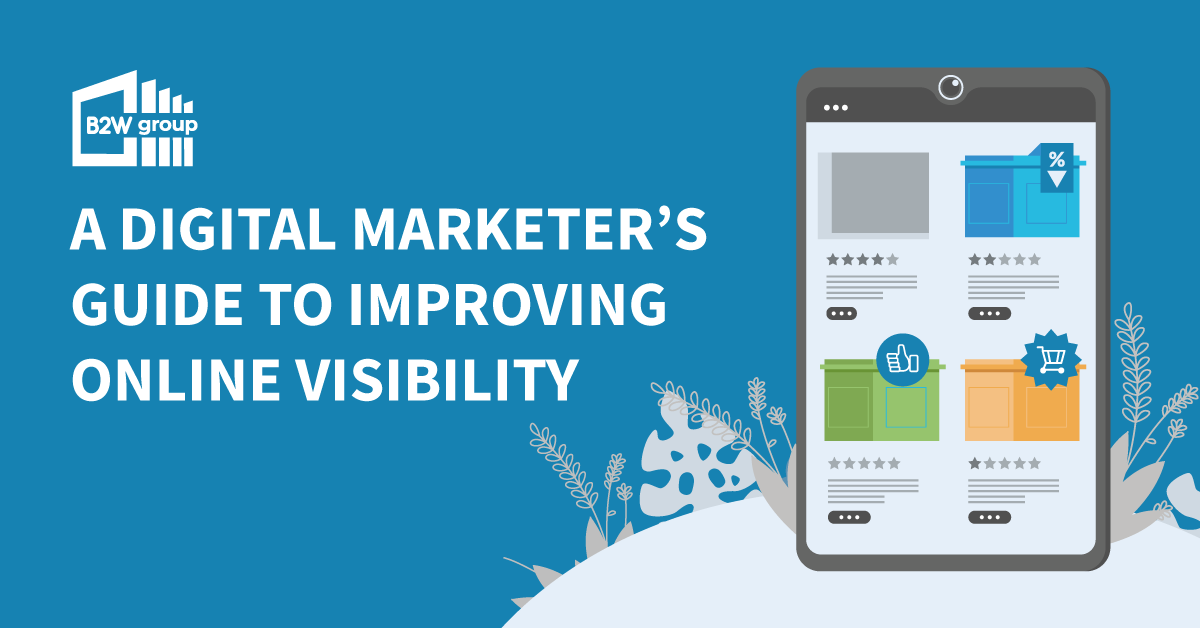
Now that your business is online, you will want to reach your full potential as a Digital Marketer and ensure customers find you online. In this article, we will be covering search engines and the different online advertising methods that can help you connect with more customers.
LEARN ABOUT SEO STRATEGIES WITH OUR DIGITAL MARKETER APPRENTICESHIP

Introduction to Search Advertising
There are many popular search engines available today, with the most popular being Google.
The first search engine to exist was a programme called Archie. Although this wasn’t as technical as the search engines we have now. You could access and search file name (the names of web pages), but it didn’t tell you what content was on those pages.
These days, search engines are more advanced and can analyse websites to understand the content on a webpage. Search listings will display search results including a title and meta description, giving a brief explanation of what’s on the page before it’s visited.
Why do we use search engines?
Search engines are used to pull through the most relevant webpages to your search query, so we can quickly find what we are looking for online. This saves time and provides us with the most reliable results.
How does it apply to business?
It’s important to ensure your content is well optimised for search engines. There are many ways in which your business can be displayed on search engines, including through local business listings, news, search listings and imagery.
With the range of opportunities available, you want to make sure you are reaching your audience. Especially since search engines are the go-to place to find an answer to a query.
For example, if you are a bakery selling a range of goods, you will want to show up to someone in your area searching for things such as ‘fresh bread near me’ or ‘bakery near me’. Remember – your competitors will also be listed on Google, so your aim is to get the most visibility.

How Search Engines Work
Although they may use different software programmes, search engines all work in a similar way to ensure they are delivering the best results to their users.
Search engines perform three tasks:
Examining content they learn about and have permission to see
Search engines will “crawl” the internet to learn about pages and discover content. This will include crawling content such as imagery and videos.
Computer programmes called “bots” are used for the process, which you may also have heard being referred to as “crawlers” or “spiders”. These will crawl a website by going page to page, following links to other pages. They will keep revisiting for updated content that can be included in the index.
Categorising each piece of content (indexing)
An index is a list of all the relevant websites and content that has been found by the bots, which is used as the source of information found on search results pages.
Deciding which content is most useful to searchers (ranking)
Ranking is determined by a range of factors, including words on the page, backlinks, freshness and alt-tags on imagery.
The goal of ranking is to give the users what they are looking for, with the most relevant results showing on the first page.

Helping Search Engines Understand Your Content
Bots can understand your page through HTML code in the backend of your website. If you are using a content management system such as WordPress or Wix, a lot of this will be done automatically for you.
For example, Google will recognise the focus of your website and what it is about by the title of the page. This will be recognised by the ‘title tag’. This will be set out like this:
<head>
<title>Example Title</title>
</head>
Using WordPress, this will usually be what you have set as the name of the page. For example, ‘Home’ or ‘About Us’. This will also pull through to your page search listings. It’s important that your title is relevant to the content of the page.
Google typically displays the first 50–60 characters of a title tag. If you keep your titles under 60 characters, research suggests that you can expect about 90% of your titles to display properly.
Your title tag will also be displayed on your browser tab so it’s easier for those that have multiple tabs open.
Now let’s take a look at the body text. The text on the page will also contribute to how search engines view your page. When writing content, consider what your audience would be searching for and what keywords you need to include.
An example would be if you’re running a clothing store. You will more than likely have product pages on your website. On these pages, it’s a good idea to add product descriptions. The audience would expect to be able to see information such as available sizes, colours and the style of the product. When searching on Google, they could have queries such as ‘short red dress’.
You also need to think about your imagery. If you have images on the page, make sure you’re adding an alt-tag to the photo. If you’re using WordPress, this can be done when you are uploading the image, you will see alt-tag as an option in the image gallery.
Otherwise, you can use HTML coding to add the tag:
<src=”http://www.example.com/red-knitted-jumper.jpg” alt=”Red Knitted Jumper”>

Making Search Work Locally
There are different steps you can take that will help local people find your business.
Adding your listing to Google My Business (including Google Maps)
Google My Business allows you to manage business listings and how your information appears across Google, including on search and maps. You can create a free account.
Adding your listing will give you visibility on search engines with quick access to things such as your opening times, website links and contact numbers.
To find out how to add or claim a listing, visit here.
Using Online Directories
There are many online directories that allow you to add your business for free. This will help contribute to SEO and help with referral traffic to your website. You will be able to list your business details such as your address which will aid in being found locally.
Here’s a list of online directories:
Bing Places
Yell
Yelp
Thomson Local
Scoot
Foursquare
Free Index
Hot Frog
192.com
118118.com
Cyclex
Adjusting Your Website for Local SEO
Make sure you’ve added your locations to your website. This is usually included on the ‘About Us’ and ‘Contact Us’ pages.
Creating Content That Links to Your Location
We recommend adding a blog to your website and including content related to the location you are based.
If you own a clothing store, you could write an article about the hottest trends of the moment. You could include imagery of clothing that you stock and offer a 10% discount if they come in store. This will give you the opportunity to list your location.
Develop Your Online Presence With Our Digital Marketer Apprenticeship
During the Digital Marketer Level 3 Qualification, the learner will learn marketing principles and how to undertake online campaigns across a variety of popular social media platforms such as Facebook and Twitter and increase website visitors via SEO and PPC campaigns.


